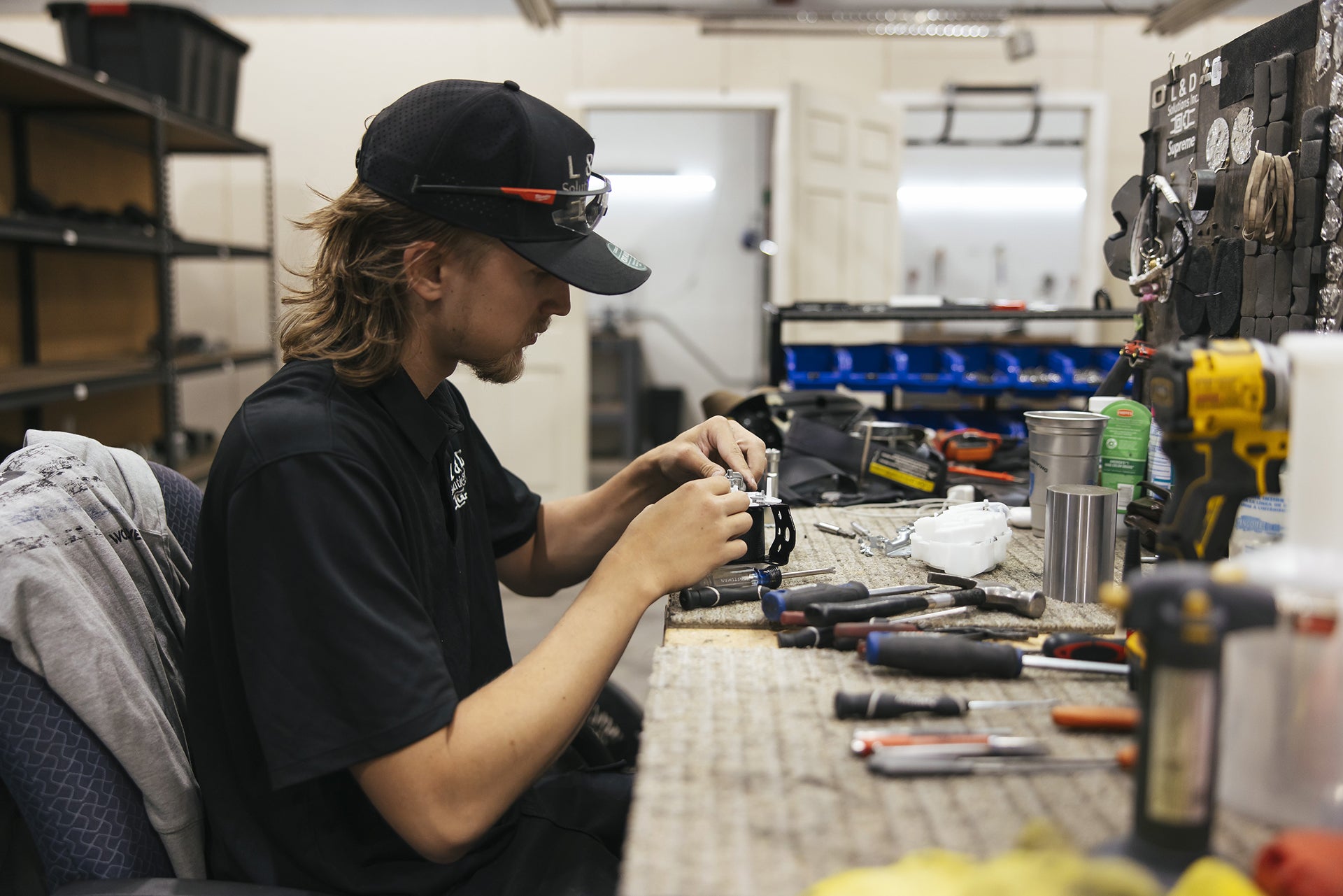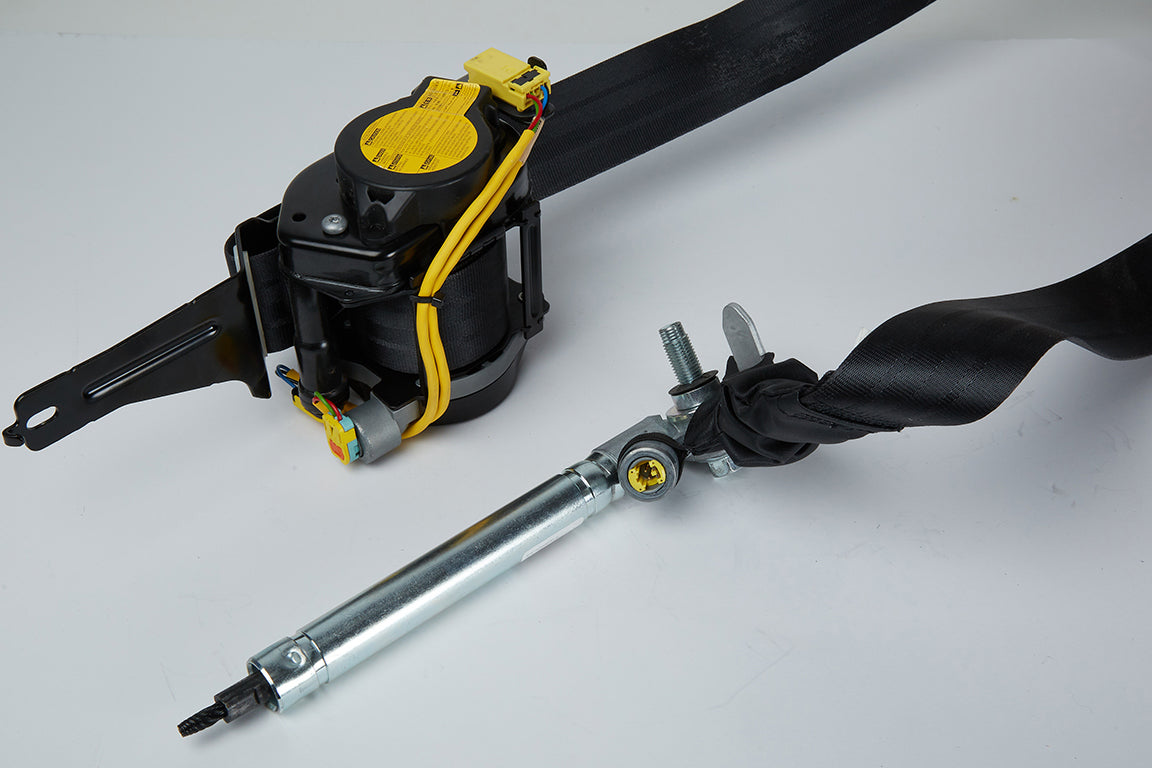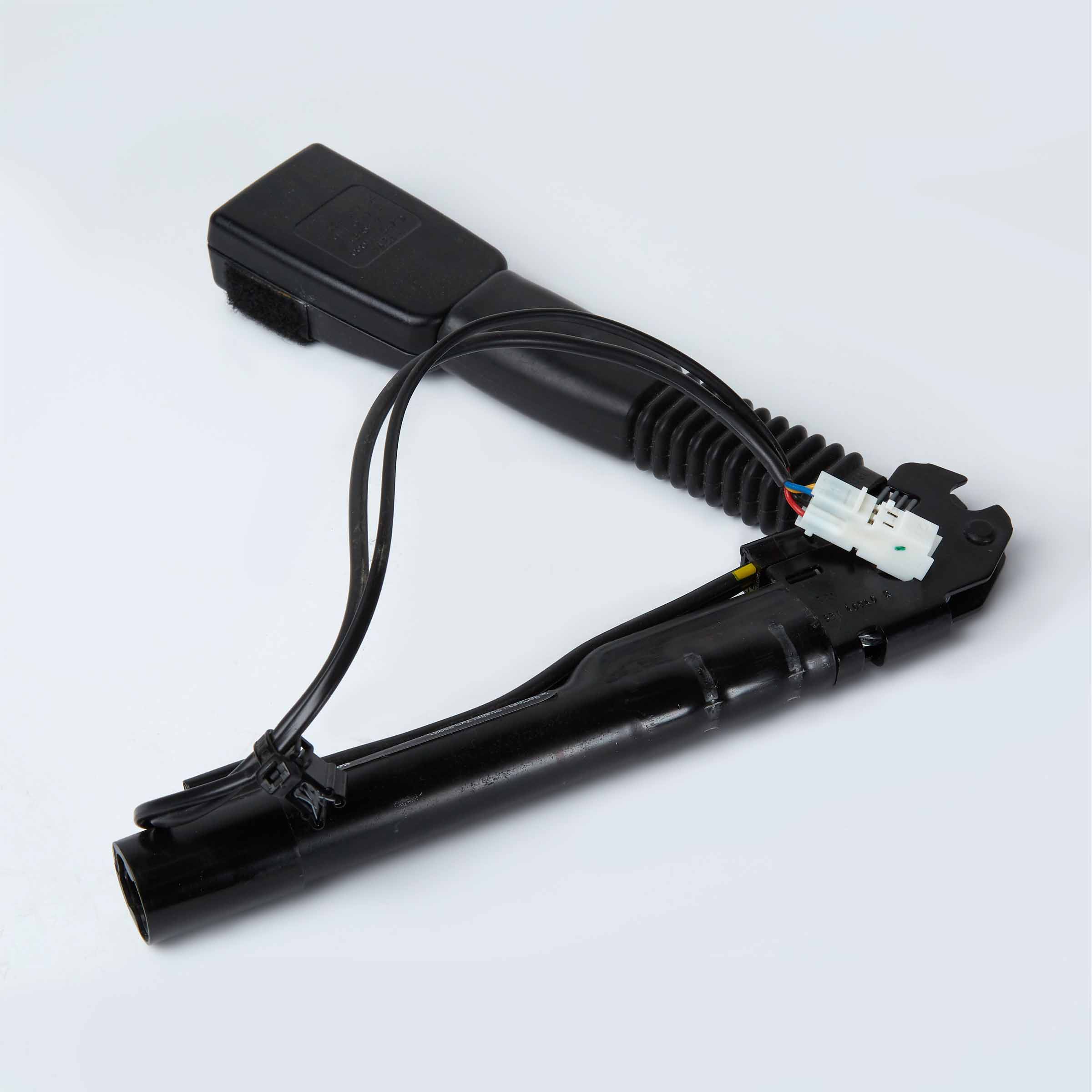I’ve been around cars long enough to know that most drivers never give their seat belt a second thought. You buckle it, you drive, and that’s it. But here’s the thing—hidden inside that belt system is a small device called a seat belt tensioner. And if you’re ever in a bad crash, it’s this little piece of engineering that can decide whether you walk away or not.
What Is a Seat Belt Tensioner, Really?
A seat belt tensioner is basically the muscle in your seat belt system. It’s designed to yank the belt tight against your body the moment your car senses trouble. No slack, no delay. Just an instant pull that keeps you firmly in place.
There are a couple of main types you’ll find out there:
- Mechanical tensioners – These use the sudden stop of the car to lock and pull the belt tighter.
- Pyrotechnic tensioners – These have a tiny charge inside (yes, like a mini airbag) that fires to pull the belt back.
Different systems, same goal: keep you from moving forward too far when it matters most.
How It Works When It Counts
Picture this. You’re driving, and something goes wrong—a car cuts you off, you slam the brakes, and your crash sensors light up. Before you’ve even realized what’s happening, your seat belt tensioner has kicked in.
In a pyrotechnic system, that little charge fires, driving a piston that reels in the belt. A mechanical system does it without the explosive push, using rapid locking and winding. Either way, it’s over in milliseconds. That’s faster than you can blink.
The goal? To hold you exactly where you need to be so your airbag can meet you in the right place, not halfway through your windshield.
Why It’s a Big Deal
Let’s be honest—without a seat belt tensioner, your belt could have just enough slack for you to move forward too far. That could mean your head hits the steering wheel before the airbag is fully inflated, or worse, you slip out of position entirely.
When it’s working right, a seat belt tensioner:
- Positions you for maximum airbag protection
- Reduces the distance your body can travel forward
- Lowers the force on your head, chest, and neck
In high-speed collisions, inches and milliseconds make all the difference.
When Things Go Wrong
Here’s the problem—once a seat belt tensioner fires in a crash, it’s done. You can’t reset it. And sometimes, it can fail without you even knowing, especially in older cars or ones with water damage.
Look out for these signs:
- Your seat belt feels loose or doesn’t retract right
- The airbag light is on (yes, the systems are linked)
- Visible damage to the belt or retractor
- You’ve been in any accident, even if the airbags didn’t deploy
If you’ve had a fender-bender and think “it wasn’t that bad,” don’t skip the check. I’ve seen belts that looked fine on the outside but had fired their seat belt tensioner inside.
Airbags and Tensioners: A Team Effort
A lot of people think airbags are the main star of the show. But without a seat belt tensioner pulling you back, the airbag can’t do its job right. They’re designed to work together.
If your belt doesn’t lock you into the right spot, the airbag might meet you at the wrong time—and that can actually cause injuries instead of preventing them.
Why Tensioners Fail
From my own shop experience, here are the most common causes:
- Post-accident deployment – Once it fires, it’s done for good
- Moisture and rust – Kills the internals over time
- Wear and tear – Springs and moving parts can weaken
- Electrical faults – For pyrotechnic systems, bad wiring can stop them from firing
Repair vs. Replace
Short answer? You replace it. Always.
A seat belt tensioner is a safety-critical device. You can’t “patch” one and hope it works next time. Most pros use OEM parts, and for good reason—you want exactly what the manufacturer intended.
Here’s a quick reference:
| Situation | What You Should Do |
|---|---|
| Deployed in crash | Replace immediately |
| Airbag light tied to tensioner code | Diagnose, then replace |
| Belt retracts slow | Inspect entire belt system |
| Any visible damage | Replace without question |
The Real Cost of Ignoring It
I get it—repairs cost money. But skipping a seat belt tensioner replacement? That can cost you a whole lot more if you end up in another accident.
Without it:
- Your risk of serious injury jumps
- Medical bills can skyrocket
- Insurance claims get messy (especially if seat belt use is questioned)
It’s not worth the gamble.
Driving Without a Working Tensioner
Sure, the car will still move. But safety-wise? You’re rolling the dice.
It’s like skydiving with a questionable parachute—maybe it’ll work, maybe it won’t. And the one time you need it, you’ll wish you didn’t take the risk.
Keeping It in Good Shape
There’s no set “service schedule” for a seat belt tensioner, but you can keep yours in better shape by:
- Keeping belts clean and free from crumbs or gunk
- Not letting the belt snap back violently
- Checking for frays or twists now and then
- Handling airbag lights right away instead of ignoring them
When to Get It Checked
Anytime your car’s been in a collision, big or small, get the whole restraint system checked. That includes the seat belt tensioner, belts, retractors, and airbags.
Plenty of specialized shops and certified repair centers can handle this, often alongside airbag module resets.
The Bottom Line
The seat belt tensioner isn’t something you see or think about every day, but it’s one of the most important safety features in your car. It works quietly in the background until the exact moment you need it—and then it works in a flash.
If yours is damaged or questionable, don’t put it off. Have it inspected, and replace it if needed. You can fix a lot of things on a car later, but in a crash, you get one shot.
Think your seat belt tensioner might be faulty? Book a safety system inspection today and make sure the part you hope you’ll never need is ready to work if you do.
And if you want it handled by a team that works on these systems every single day, L&D Solutions can help. We repair and replace seat belt tensioners, restore deployed seat belts, and get your safety system back to OEM standards, fast. Whether you’re a repair shop or a vehicle owner, we’ve got the tools, the know-how, and the turnaround time you need to get back on the road safely.




Leave a comment
This site is protected by hCaptcha and the hCaptcha Privacy Policy and Terms of Service apply.